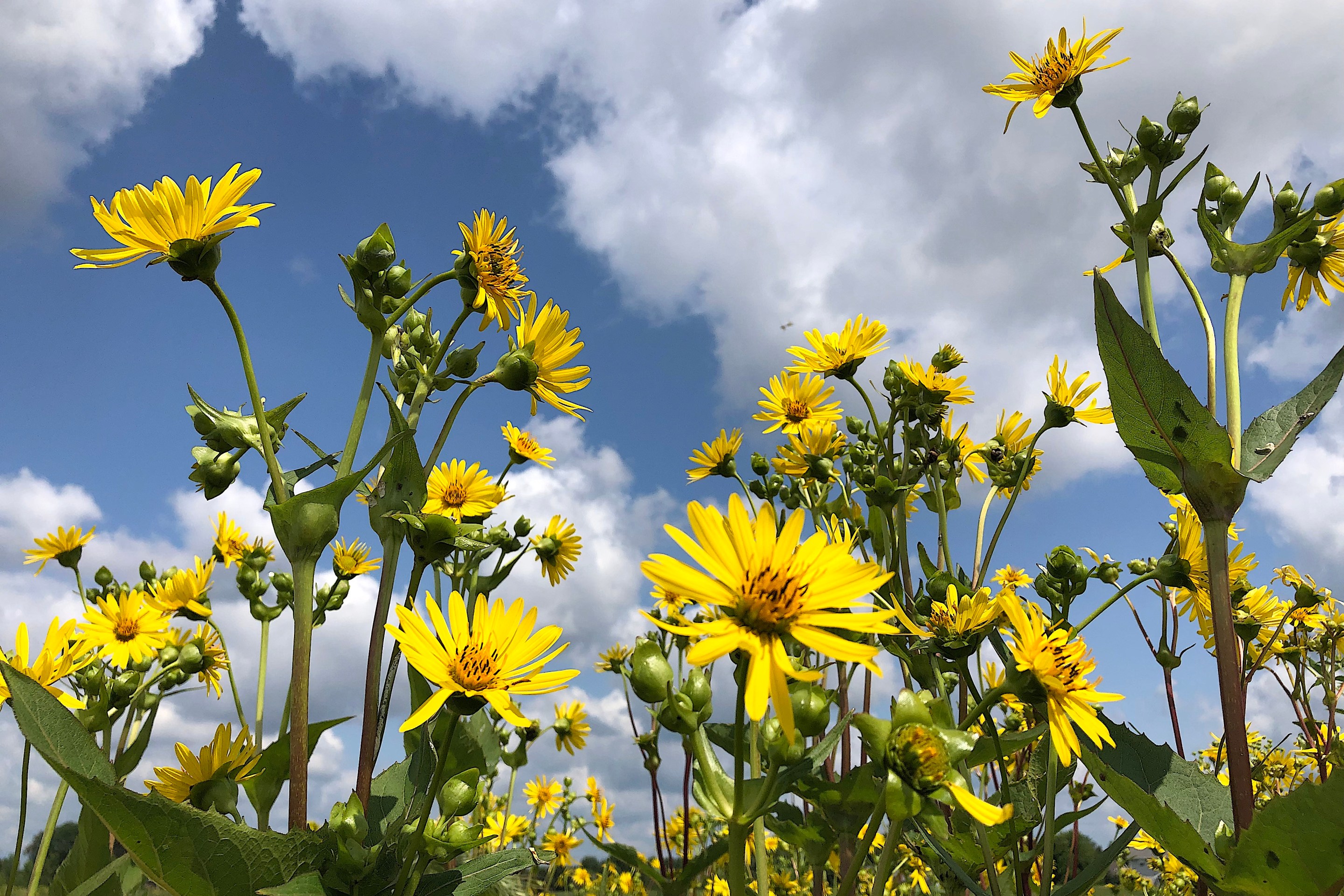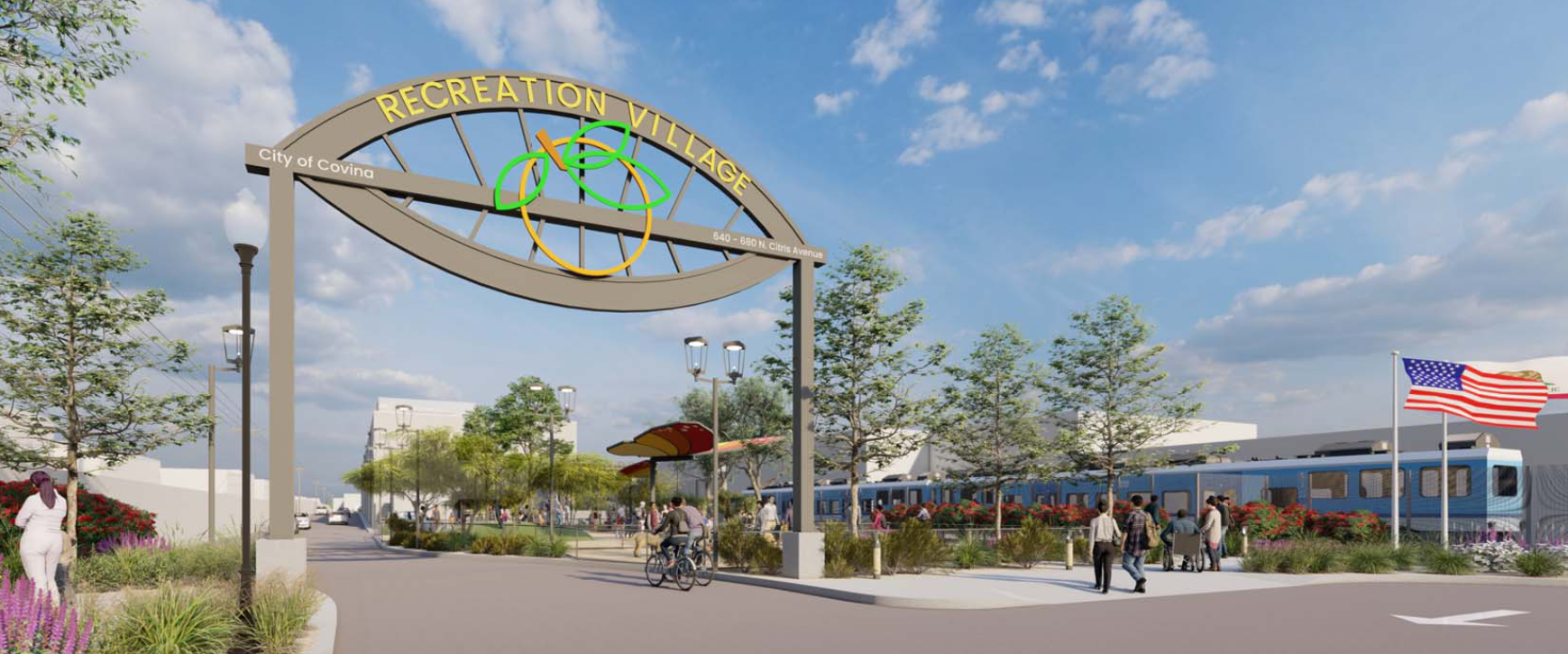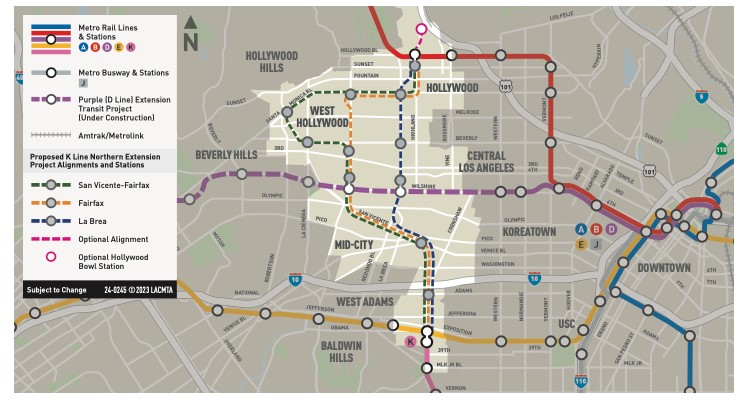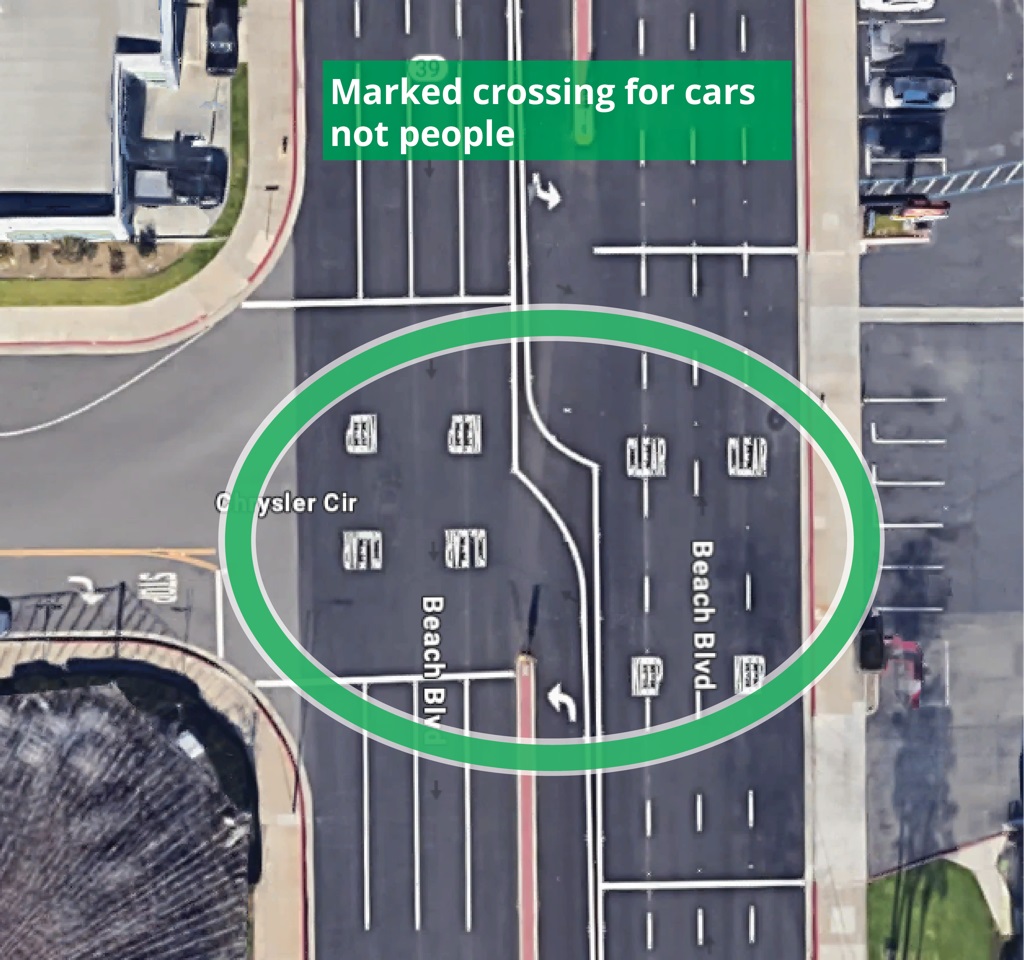Earlier this week I posted an article on the reforms coming to the city's official Bike Advisory Committee which implied that the BAC was out of touch and didn't do very much. Not surprisingly, some members of the committee took exception to that characterization.
At the most recent BAC meeting, the committee passed a set of recommendations to the city's Bike Master Plan which is in the process of being updated. Via friend of the blog Kent Strumpell:
DRAFT POLICY RECOMMENDATIONS TO THE BICYCLE PLAN UPDATE
1. IDENTIFY WHY MANY POLICIES AND RECOMMENDATIONS IN PREVIOUS BICYCLE MASTER PLAN HAVE NOT BEEN IMPLEMENTED.
Develop strategies and performance indicators to make implementation more effective.
2. ROUTINE ACCOMMODATION/COMPLETE STREETS POLICY
The bicycle master plan should include policy language, with authority over all necessary departments, that will result in the inclusion of bicycle accommodations in all roadway projects to the greatest extent possible. This will require integrating bikeway planning at the earliest concept, funding and design stages of projects. This policy should be fully integrated into the day-to-day procedures of project planning, design review and standards, in much the same way that sidewalks are included in road projects, in order to prevent situations where bicycle facilities are omitted as an unfortunate oversight. Inclusion of bicycle accommodations should be institutionalized and codified into project implementation procedures, plan check steps, etc. and not left to the discretion of individual employees who may or may not have the required expertise.
3. TAKE ADVANTAGE OF REPAVING AND RESTRIPING OPPORTUNITIES; PAVEMENT MAINTENANCE.
a. Each time arterial and collector streets are resurfaced they should be re-striped to add width to the curb lane without compromising safety; consider designating these streets with wide curb lanes as future Class III routes. In addition, designated Class II lanes should be added where there is enough width.
b. When any road repairs are done by the City or other agencies such as utilities, the road shall be restored to at least its original quality, with particular attention to surface smoothness and re-striping suitable for bicycling.
c. Pavement cuts for utilities often create depressions and raised edges that are a hazard for cyclists. These can develop over time as a poorly compacted patched areas settles. Any pavement work, including that done by city departments. contractors or utilities, should abide by strict pavement surface standards. These standards should stipulate that the disturbed area is adequately compacted so it will remain even and free of depressions for years. A plan for maintaining non-city pavement work to the above standard, designating who is responsible, should accompany B permits.
4. ALLOCATE MORE FUNDING FOR BICYCLE PLANNING AND PROGRAMS.
In order to fully implement Bicycle Master Plan provisions, adequate funding and staff are needed. Compared to other modes, bicycle facilities are severely under-developed and under-funded in comparison.
5. INCLUDE BICYCLE FACILITY IMPROVEMENTS IN TRAFFIC MITGATION PLANS FOR LARGE DEVELOPMENTS
In order to offset the impacts of new trips generated by large developments, the city requires developers to build or pay for all manner of roadway improvements, sometimes for miles around. In the past, few if any of the mitigation plans required of large developers have resulted in improvements for bicycle facilities. Indeed, many of the mitigations recommended have ignored or compromised bicycle access to and from the projects in question (Playa Vista for example). At a time when city planning documents recognize the need for transportation alternatives and encourage their implementation, it is unacceptable for traffic mitigation plans to not include bicycle transportation facilities. Traffic mitigation planning for large developments (such as the NBC/Universal project now in the planning stages) should routinely integrate bicycle facilities and bicycle access planning. Integration of bicycle facilities into mitigation plans needs to be located in all relevant departments that will be involved in project planning.
6. FACILITATE CYCLIST ACCESS TO DESTINATIONS ON MAJOR ROADS THAT DO NOT HAVE DESIGNATED BIKEWAYS YET
Cyclists must be able to reach the same destinations that motor vehicles do, even if they are on roads that do not have bikeways. Especially for roads with major destinations (such as public facilities, shopping centers, etc) or a concentration of destinations (shopping districts, etc), the city needs a set of tools to facilitate cyclists in accessing these. It is not sufficient to designate a bikeway on a road that may be blocks away from destinations and abandon the destination road to motor vehicles as if cyclists will never go there. In lieu of bike lanes, the following strategies should be considered for providing access for cyclists to major roads:
a. Designate the road, in planning documents, as needing bicycle access and exploit opportunities to include bicycle facilities as they may arise in re-striping, reconstruction, new dedication of additional roadway width, etc.
b. Seek out parallel, alternate routes for bikeways as close as possible.
c. Provide signage guidance to assist cyclists in locating addresses and major destinations from parallel routes (see recommendations in point 17, below).
d. Utilize shared lane markings and other measures to alert motorists to the presence of cyclists.
e. Provide secure bicycle parking near destinations.
f. A combination of bike lanes and wide curb lanes should be allowed on major streets even if it requires some discontinuous segments. It is desirable to have short segments of bikeways in areas that are dense with destinations to assist cyclists as they locate them.
7. ENHANCE CLASS III BIKE ROUTE POLICIES
a. Assign CL III roads high priority for pavement surface maintenance and street cleaning.
b. Preserve, and expand when possible, road space for cyclists (outside lane width).
c. Use Shared Lane Markings where warranted.
d. Reduce speed limits.
e. Utilize bicycle-specific signage (see below).
f. Where possible, use edge lines to narrow apparent travel lane width or encourage parked cars to hug the curb (as used in Pasadena's "Enhanced Bike Routes").
g. Signal sensors should detect bicycles or push buttons should be located convenient to cyclists in the roadway.
i. Intersections with major roads should have signals or 4-way stops.
j. Develop a Class III rating system that designates traffic volume information on bike maps, thereby providing guidance to cyclists who wish to avoid routes with heavy traffic.
8. BIKE ROUTE REPLACEMENT
Whenever designated bikeways are removed, or planned future bikeways are removed from plans, they should be replaced on nearby parallel routes.
9. SET GOALS FOR MODE SPLIT AND IMPLEMENTATION OF NEW BIKEWAYS
City of Los Angeles has added very little new bike lane or bike route milage in recent years when compared to some other large cities. For example, Chicago has added 260 miles of bike lanes in the past 10 years. Seattle’s BMP calls for 118 miles of new bike lanes in 10 years; New York City’s DOT has committed to building 200 more miles of bike lanes in three years! In order to assure the timely build-out of our city's bikeways, goals for increasing bikeway mileage should be set and evaluated annually, with corrective actions taken if progress does not keep pace with goals.
10. MEASURE PROGRESS
a. In order to better measure progress, bicycle counts should be included in traffic counts.
b. Count utilization of bicycle parking facilities at major destinations such as train stations, shopping centers and public facilities.
c. A system of measuring bicycle level of service should be devised and used to measure the quality of bicycle accommodations provided.
11. IMPROVE CYCLIST SAFETY
a. Study bicycle/auto crash records and develop a focused enforcement effort with the goal of reducing crashes by an ambitious percentage in 5 years.
b. Identify funding sources and secure grants for sponsoring bicycle education programs.
c. Work with the DMV and private driving schools to insure better motorist education about cycling and how to behave around cyclists
12. IMPROVE IMPLEMENTATION OF BICYCLE PARKING IN NEW DEVELOPMENT
The city has ordinances that require new buildings and businesses above a certain size to provide secure bike parking, lockers and showers in new construction. However, few new buildings actually incorporate these features. Why? The BMP needs to evaluate the effectiveness of the current policy and correct it as necessary.
13. ACCELERATE FUNDING AND PLACEMENT OF PUBLIC SHORT-TERM BIKE PARKING RACKS.
a. Cyclists should be able to locate several bike racks within a reasonable distance of any commercial or public location. Racks should always be conveniently located, visible and easy to find.
b. Include guidelines for siting bicycle parking in secure locations. Specifically, when automobile parking will include attendants, bicycle parking should be located nearby and within their normal view plane.
14. ACCELERATE IMPLEMENTATION OF SHARROW PROGRAM
The city should take advantage of this important, much-needed technique for improving cyclist safety and begin implementing Sharrows as soon as possible.
15. IMPROVE LAW ENFORCEMENT UNDERSTANDING OF BICYCLE RELATED LAWS
Improve education of police officers in regards to the rights of cyclists and the California Vehicle Code as it relates to cyclists. Review the utilization of educational materials for police officer training. Evaluate how effective the use of the police training video on cycling laws has been and identify how to improve its utilization as necessary.
16. BICYCLE BOULEVARDS
a. Bicycle Boulevards should be integrated into the Bicycle Master Plan.
b. The full range of bicycle traffic calming features should be available for use on Bicycle Boulevards.
c. Traffic diverters should be used wherever possible, as these are the most effective technique for reducing traffic volume and improving the cycling environment.
17. DEVELOP A SIGNAGE SYSTEM FOR BIKEWAYS
A well-designed signage system will designate important bike routes, giving them relevant names that provide information and breed familiarity with how to get around by bicycle. Signage should:
a. Provide route guidance and direct cyclists at turn points (wayfinding).
b. For bikeways that parallel major streets with destinations that cyclists will want to access, provide block address numbers for that major street to help cyclists locate destinations there.
c. Give distances to key destinations (mileage indications).
d. Familiarize cyclists with how to find their way around the city (use intuitive names for routes to assist cyclists in developing “mental mapping” for cycling routes).
18. BIKE RENTAL PROGRAM PILOT PROJECT
Emulate the successful Velib-type programs. Identify a location (such as Downtown) for a pilot project. Consider funding this with an advertising opportunity for a suitable operator.
19. LANDSCAPING
When designing landscaping along roads with bikeways, ensure that compatible plants or trees are used that do not impair the visibility of cyclists. Plantings that will obstruct motorists’ view of cyclists should be avoided or diligent maintenance provided for as a condition of their use.
20. SPEED LIMITS
Speed limits should be reduced on streets with bikeways or where there is a high level of bicycle traffic.




